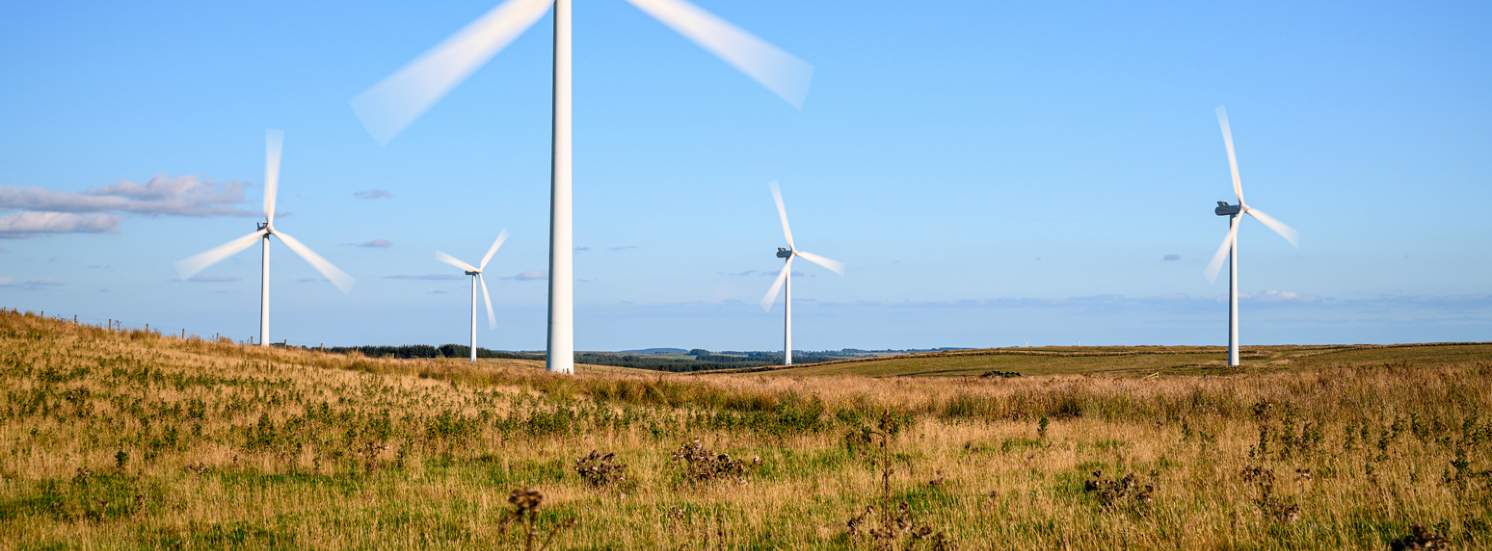As the demand for renewable energy continues to rise and the cost of producing it falls, onshore wind farms present an increasingly viable option for clean electricity in England. Despite the obvious pulls however, onshore wind farms continue to face tough policy tests to secure approval, held back by footnote 49 (now 54) of the National Planning Policy Framework.
The policy framework
Policy requires that:
- Proposed wind energy developments must be identified within a development plan; and
- Following consultation, it can be demonstrated that the planning impacts identified by the affected local community have been fully addressed and the proposal has their backing.
The policy sets a high bar: onshore wind farm proposals can be hindered by a single objection from the public. As a result, onshore wind deployment in England has substantially slowed to an almost halt.
Recently, the Government came under criticism for retaining current policy in the proposed amendments to the NPPF in December 2022, missing an opportunity to remove the barriers to onshore wind.
Blowing in the right direction: community benefits
As of May 2023, a new government consultation was published and ran until 7 July 2023 which proposed community benefit reward schemes, including energy bill ‘discounts’ on the clean, locally produced power for households choosing to support onshore wind developments. The new proposals represent an enhanced set of rewards above those originally launched in 2013 in England by RenewableUK and the Government, which offered funding for community facilities and infrastructure to areas backing the schemes. The Government is due to publish the findings in due course.
The improved rewards are appetising in theory and should, if implemented, encourage communities to back new projects and therefore help drive the rollout of new schemes. It could certainly build a better relationship between the developers and local communities.
Genuine benefits or simply hot air?
There is a caveat, however. The Government has stated that community benefits will remain ‘legally immaterial to planning decisions’ and in relation to footnote 54, it ‘wishes to keep this important safeguard in place’.
The lack of clear national policy to drive onshore wind farm development calls into question the effect the new consultation will truly have, especially given the benefits on offer cannot form a material consideration in planning applications in any case. While the consultation may appear the Government is considering the issue, it shows no signs of removing onshore wind from the realm of localism which has historically hindered its success. Any change in policy position appears reliant on a change in government after the next election – and it is proving likely that in this circumstance such barriers will be lowered.
Wind farms could form a vital stepping stone in achieving the Government’s net zero energy goal to create a fully decarbonised electricity supply by 2035. While the new consultation sounds promising in theory, it doesn’t appear the winds of change are arriving for onshore wind projects in England anytime soon.
Further information
Contact Alex Wylie


-be-a-significant-emerging-asset-class-in-europe(1).jpg)
.jpg)
.jpg)
.jpg)




.jpg)